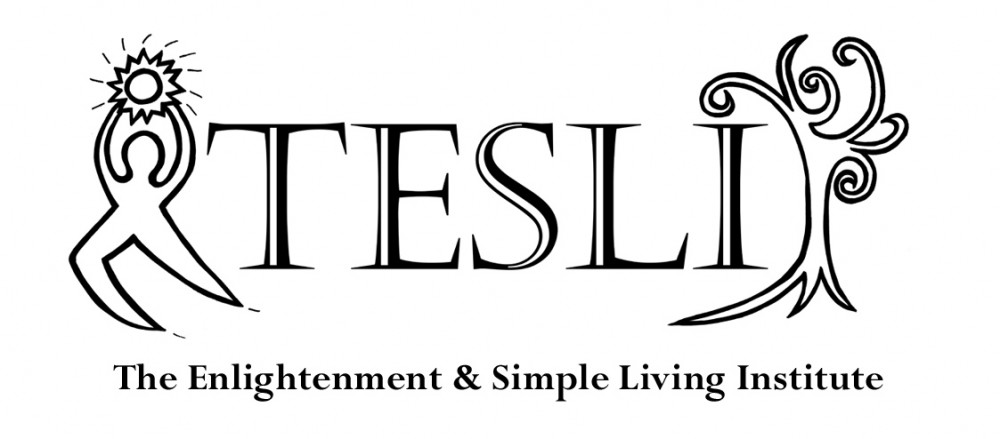Do you know the difference between having a thought and being aware that you are having a thought?
Do you know the difference between having a feeling and being aware that you are having a feeling?
Yesterday we talked about how the self does not exist and how to personally investigate this in order to feel confident in this conclusion. People that become obsessed with discovering the true nature of reality (which could be referred to as “knowing or seeing God”) create the causes and conditions for the direct experience of no-self or emptiness.
The direct experience of no-self or emptiness (also known as the Perfection of Wisdom) is what gives us the power to cut the fetters of limiting misbeliefs about the world and reach enlightenment. Someone that has this insight is an arya or stream enterer.
I tend to identify more with my mind as being “myself”. Exercises that use the mind to explore the mind are quite useful in loosening up this identification. Anyone that spends much time watching their mind objectively will tend to not want to identify with the thinking processes of the mind. In fact, one may conclude, “I am not my mind, it is possessed!”
The mind generates a long stream of judgements, opinions, repetitive thoughts, and the like. When we disengage from identifying with them, these thoughts can be viewed as simple arisings and passings – much like a breeze that touches the surface of our skin. They are not us. They are something that seems to happen to us.
Then, what is left is identification with the observer. It has become clear that we are not the thoughts that we think and we don’t even generate them consciously. I was able to get to this point when I realized that I was still identifying with the part of the mind that was watching the thoughts. “I” was the watcher, the observer, the part that says, “there is a breeze on your arm”. It took an insight experience for me to blow that identification apart.
Slowly as you practice you will break down identification with self. It is this dissolution of deceptive reality that leads to liberation. The road is set before you and all you have to do is practice to reach the final goal.


